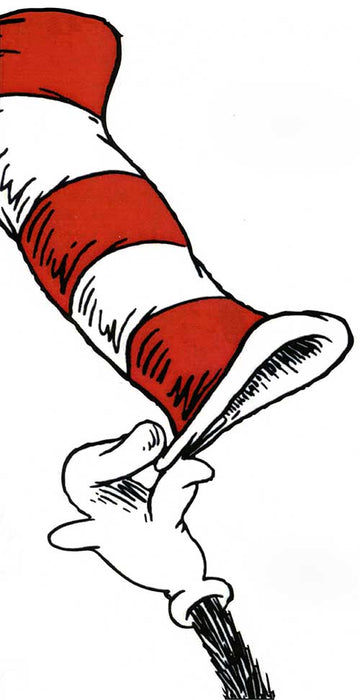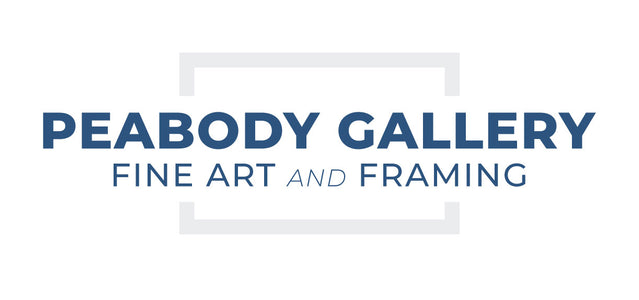
An Intolerable Situation For A Cat
Click to view image and pricing
Call 650-322-2200 for pricing
Dimensions: 26” x 39”
Medium: Giclee' on canvas
Edition Size: 850
Availability: Available
Year of Release: 2023
In life’s pursuits, we’ve all experienced an ‘Intolerable Situation for a Cat’
We have all been there, energized by a pursuit, following a dream, unraveling a mystery, or solving a problem. Most of us are likely somewhere on that path today, trying to catch a bird at the end of a maze. Indeed, this can be an ‘Intolerable Situation for a Cat.’
Ted Geisel, aka Dr. Seuss, pursued his ideas with the tenacity of a cat chasing a bird. Ideas were the crux of his career, and with each new book project, the pursuit of the perfect concept would begin in earnest. However, artists are faced with a myriad of creative options and the twisting, curving journey to identify the right path can be daunting.
If the perfect idea is represented by the bird in this striking painting, and Ted is the Cat from its title, then we can clearly see the conundrum in pursuing perfection. Ted suggests that if one could just get to the idea, it would take flight. Yet at the same time, he presents us with a bird sitting calmly, almost confidently, knowing that to catch him will take more than a fleeting effort.
It’s unclear if Ted Geisel (aka Dr. Seuss) left these sketchy pencil marks because the painting was never completed, or if he understood that by leaving a trace of his process we would be able to “see” the creative journey along with its many twists and turns.
This painting offers a fascinating look into Ted’s artistic process both physically and metaphorically.
Upon close examination, one notices the unfinished nature of the canvas in select areas. Ted leaves sketchy pencil lines and unfinished ideas along the way. It’s unclear if he never completed the painting, or if he understood that by leaving a trace of his process we could “see” the creative journey along with its many twists and turns. Either way, Ted allows us an unfiltered glimpse into the mind of Dr. Seuss. This ability to go “behind-the-scenes” and discover a deeper understanding of this American icon is what makes the Art of Dr. Seuss collection such an historic body of work.

